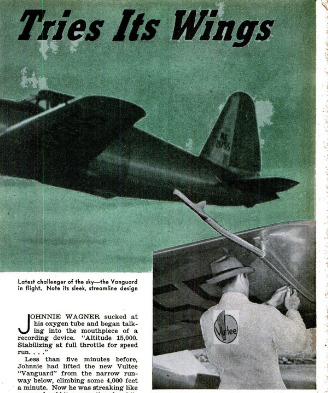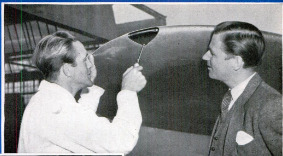-
Title (Dublin Core)
-
Newest Warplane trie Wings
-
Article Title and/or Image Caption (Dublin Core)
-
Newest Warplane trie Wings
-
extracted text (Extract Text)
-
JOHNNIE WAGNER sucked at
his oxygen tube and began talk-
ing into the mouthpiece of a
recording device. "Altitude 15,000.
Stabilizing at full throttle for speed
Less ‘than five minutes before,
Johnnie had lifted the new Vultee
“Vanguard” from the narrow run-
way below, climbing some 4.000 feet
2 minute. Now he was streaking like
a scared rabbit across the sky, hit-
ting close to 400 miles an hour in the
new interceptor-pursuit fighting plane, guid-
ing the 1,200 roaring horses packed Into its
bullet nose through a flight he hoped would
be as smooth as a table top.
For Johnnie that day was testing the new-
est warplane. She was not a souped-up racer
intended to compete for speed laurels, but
a production model which in coming weeks
may be spitting lead from four machine
guns across the Western Front. Upon her
ability to rise nearly eight miles, and to roll,
loop, stall, and recover for chases through
the sky faster than other warplanes in her
class, fighting pilots shortly may depend for
their lives in grim but thrilling combats.
It takes careful fying and a delicate touch
to keep a ship zipping six miles a minute on
an absolutely level path, varying vertically
no more than twenty feet, while recording
flight data and observations on a wax cyl
inder, snapping pictures every five seconds,
and watching closely more than 100 instru-
ments and devices in the crowded cockpit.
Recently I watched the Vanguard as she
demonstrated qualities of climb, maneuver-
ability, and speed once thought impossible
in a warplane. This ship gives no impression
of sensational speed when you see her stand-
ing alongside a hangar, cockpit covers open,
side panels off, and the three wheels ex-
tended, leaving gaping holes in the wings
and fuselage. Yet, when the ship pulls sharp-
ly from the field at Downey, Calif., after an
800-foot run and swings on its way toward
the stratosphere, she resembles a graceful
flying fish.
Long before the Vanguard left the blue-
print stage, engineers were figuratively whit-
ting down protuberances, smoothing the
skin, lengthening the nose, even tucking the
tail wheel into the narrow fuselage. From
nose to rudder and across the tapered wings,
speed has been built into this plane, largely
by elimination. To overcome the resistance
of a radial, air-cooled engine, the nose was
built forward nearly two feet and brought
to a taper at the hub of the triple-blade pro-
peller. An air scoop, retracted from the
cockpit when flying at high speeds to re-
duce drag, permits cool air to circulate
around the engine and come out at the side.
Similarly, more air is pulled into the belly
of the tuselage and circulated through an in-
verted “U" around the oll-cooling system.
As engineers moved back through the
structure, they continued whittling at little
things whose absence would add miles to the
plane's top speed. Flush riveting, which
made the skin smooth as silk, reduced drag
fifteen percent and raised speed
nearly twenty miles an hour.
Removing the usual sanded walk-
way on the wings gained another
six miles.
At last, when W. C. Rocke-
feller, Vultee’s chief of aerody-
namics, had completed the en-
gineering tests and calculated
the plane's performance, “with-
in three percent,” the ship was
turned over to Johnnie Wagner.
Learning how to climb the swift
job to fighting altitude without
burning up the hard-working en-
gine, and get there faster than
any pilot yet has gone up, re-
quires repeated tests. You don't
simply pour on the “soup” and
point her nose toward the clouds, if you
want to get there in one piece and save the
costly engine for another flight.
Starting at the mile level, Johnnie piloted
the trim plane through a series of saw-tooth
climbs and descents, going up and down in
2,000-foot steps. Now he climbed while fiy-
ing 140 miles an
hour, 150, 155, 160. Around the mile level, he
found the plane rises best at 155. Seven
thousand feet higher, her most efficient
climbing speed is 150. Back and forth, be-
tween 160 and 135, her velocity ranges as
she moves upward. A pilot flying to meet an
enemy need only consult Johnnie's chart to
know exactly how best to get up there first.
For twenty years military pilots have
dreaded stalling in dog fights and spinning
to their deaths. Tip stalls, in which the plane
loses flying speed and falls off on one wing,
have presented an ever-increasing problem
as tapered wings have come into vogue.
‘What military flyers want is not a plane
that cannot stall, but one which stalls prop-
erly. Many times Johnnie stalled the Van-
guard by decreasing speed in level flight or
pulling her into a stall following an increase
in speed. “She's a little too abrupt,” he re-
ported one afternoon. “I'd like to smooth her
out.”
Working secretly under direction of Vul-
tee's chief engineer, R. W. Palmer, Con-
sulting Test Pilot Vance Breese developed
a tiny half-round, pencillike gadget, made
of duralumin. Several mornings later, John-
nie found two of these devices, each eight
inches long, fastened to the leading edge of
the wing. “These,” explained Rockefeller,
“will set up twin turbulences in the air
stream which will progress evenly to the
tips.” Which Johnnie interpreted to mean
that the stall would start near the center
section instead of at the tips.
Again he climbed, and again he pulled the
pursuit ship into a series of stalls. Several
times that day I saw the plane pull up, and
fall straight down on its nose, with no
change in direction or tendency to spin.
Long before Johnnie completed his breath-
taking tests, new developments were under
way at the Vultee plant. Johnnie had been
flying behind a 1,200-horsepower engine,
whose power flowed into an electrically con-
trolled prop. This ship already is being
demonstrated to representatives of warring
powers. But Uncle Sam has an ace up his
sleeve. One day soon an eighteen-cylinder
engine which develops 1,600 horsepower will
be stuck in the Vanguard's nose. Then
Johnnie will start, all over again, the tedi-
ous task of making new records, to find out
just how much faster the warplane will
climb and fly. These figures will be Ameri-
ca’s secret, to be closely guarded until some-
thing faster comes along.
-
Contributor (Dublin Core)
-
John E. Lodge (article writer)
-
Language (Dublin Core)
-
eng
-
Date Issued (Dublin Core)
-
1940-07
-
pages (Bibliographic Ontology)
-
40-45, 220
-
Rights (Dublin Core)
-
Public domain
-
Archived by (Dublin Core)
-
Sami Akbiyik
-
Marco Bortolami (editor)
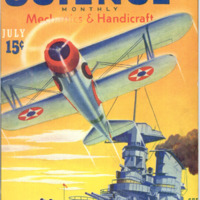 Popular Science Monthly, v. 137, n. 1, 1940
Popular Science Monthly, v. 137, n. 1, 1940
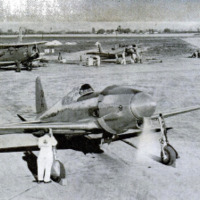 Ekran Resmi 2022-01-18 13.42.18.png
Ekran Resmi 2022-01-18 13.42.18.png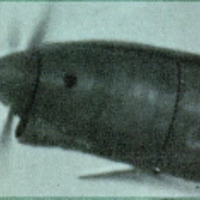 Ekran Resmi 2022-01-18 13.42.26.png
Ekran Resmi 2022-01-18 13.42.26.png Ekran Resmi 2022-01-18 13.42.35.png
Ekran Resmi 2022-01-18 13.42.35.png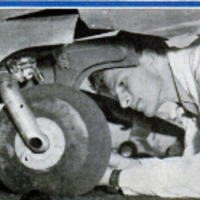 Ekran Resmi 2022-01-18 13.42.42.png
Ekran Resmi 2022-01-18 13.42.42.png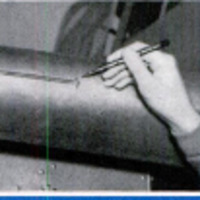 Ekran Resmi 2022-01-18 13.43.10.png
Ekran Resmi 2022-01-18 13.43.10.png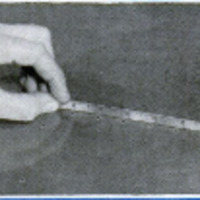 Ekran Resmi 2022-01-18 13.42.56.png
Ekran Resmi 2022-01-18 13.42.56.png Ekran Resmi 2022-01-18 13.43.02.png
Ekran Resmi 2022-01-18 13.43.02.png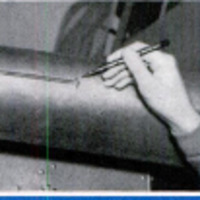 Ekran Resmi 2022-01-18 13.43.10.png
Ekran Resmi 2022-01-18 13.43.10.png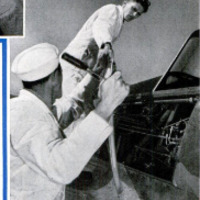 Ekran Resmi 2022-01-18 13.43.17.png
Ekran Resmi 2022-01-18 13.43.17.png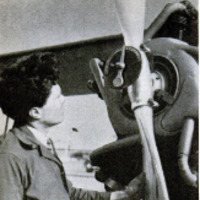 Ekran Resmi 2022-01-18 13.43.26.png
Ekran Resmi 2022-01-18 13.43.26.png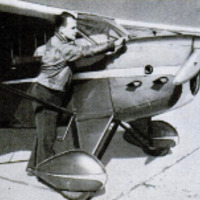 Ekran Resmi 2022-01-18 13.43.41.png
Ekran Resmi 2022-01-18 13.43.41.png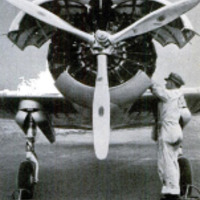 Ekran Resmi 2022-01-18 13.43.46.png
Ekran Resmi 2022-01-18 13.43.46.png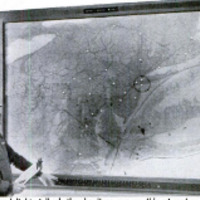 Ekran Resmi 2022-01-18 13.43.51.png
Ekran Resmi 2022-01-18 13.43.51.png


